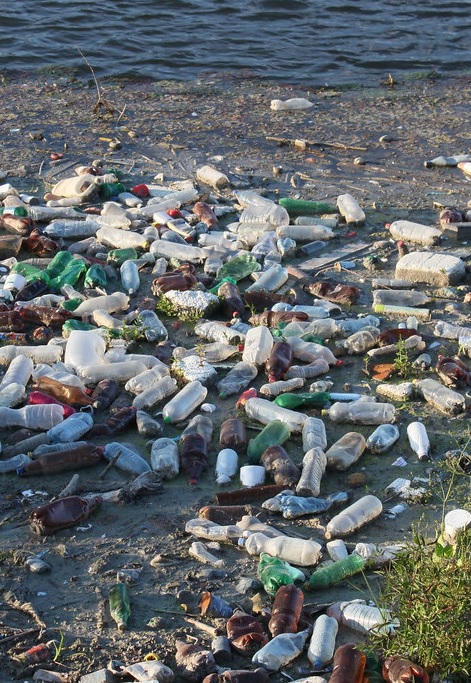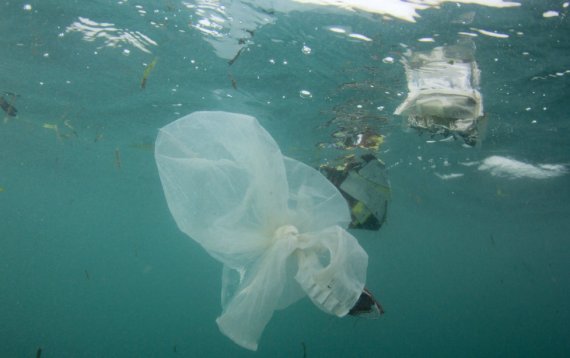Plastic litter in oceans and rivers is a serious problem. Plastic doesn’t belong there. There is much research on the impact of plastics in the environment. Some of this impact is related to the amount of plastic in the water. The North Sea Foundation launched the Clean Rivers project three years ago, commissioned by the Directorate-General for Public Works and Water Management (Rijkswaterstaat). Citizens are involved in an extensive measuring network.
Banks
Since the start of the project, volunteers sift through a part of the bank at 212 locations along the Waal, Meuse and a portion of the Nether Rhine every spring and fall. They count the amount of litter along a stretch of 100 metres between the water and the highest point the water can reach. Plastic researcher Tim van Emmerik (Hydrology and Quantitative Water Management), processed the data of four measuring sessions on behalf of WUR and recorded his findings in Environmental Research Letters.
Oddly, there are no norms or thresholds for plastic waste
Tim van Emmerik (Hydrology and Quantitative Water Management)

The result: 90 per cent of all the litter is plastic, and there are two items of plastic along every metre of the river bank. Not just (large) items such as bottles and packaging. Six out of every ten items are fragments of undefined objects. Soft plastics, such as foils and bags, are the most common. Of the identifiable objects, bottle caps, food packaging, lids, and ropes are the most common..
Nonetheless, to the naked eye, rivers are not teeming with plastic. So, how bad is it? Van Emmerik says there is no way of assessing this. ‘Norms and threshold values have been determined for all types of materials that can enter into the environment. Oddly, there are none for plastic waste. We hope this study will open the eyes of policy-makers.’
The combined mass of plastic is unknown. An omission, Van Emmerik concedes. ‘Based on our advice, the plastic will be weighed in the coming measuring sessions. But, it is citizen science, so this requires extra effort and instruments.’ A study conducted by Paul Vriend recently revealed that 6 kilos of visible plastic in the Meuse waters pass under the Erasmus bridge in Rotterdam every day.
There is a strong visual bias: we can’t see it, so it can’t be that bad
Tim van Emmerik, Hydrology and Quantitative Water Management
That too does not seem all that much. But, appearances can be deceptive says Van Emmerik. A lot of the plastic is invisible because it has been broken down into small particles. ‘There is a strong visual bias: we can’t see it, so it can’t be that bad. We are accustomed to images of extremely polluted rivers in Asia after heavy rainfall. This occurs here to a lesser degree. However, here, pollution is also ten to100 times higher after heavy rain or high tide.’
Links
Van Emmerik considers the situation concerning. He is happy with the data set that has been generated. And, the measurements continue. ‘In the next analysis, we will delve more profoundly into explaining these data. Using models, we attempt to find links between the amount of plastic in the water and the amount that reaches the shores, with variables such as current, the weather and the time of year.’

 Photo: Shutterstock
Photo: Shutterstock